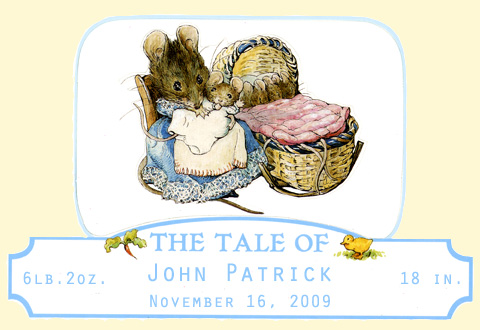Myths... a high-arched narrow palatal vault (that would be the “roof” of the mouth), tongue protrusion, mild to moderate conductive hearing loss, chronic upper respiratory infections, mouth breathing, habitual open mouth posture, and the impression that a child's tongue is too big for his mouth... all myths.
Speech and language pathology expert,
Sara Rosenfeld-Johnson published an article back in 1997 titled,
The Oral Motor Myths of Down Syndrome. In the article she lists seven structural/functional disorders (the myths above) that she feels can be prevented.
In other words, infants with Down syndrome are not born with these oral motor differences; instead they develop them based on inappropriate therapeutic approaches to feeding difficulties present at birth due to
low tone.
Rosenfeld-Johnson writes, “Orally, these children look pretty much like any other infant with the exception that they have a weak suckle. This critical observation draws us to the connection between feeding muscles and muscles of speech. In quick order, a cascade of events unfolds for these babies with weak suckle.”
The events she refers to begin with making it as easy as possible for the newborn to eat which sets in motion a downward spiral of circumstances that lead to the development of the above-named oral motor irregularities.
There is an assumption in the medical community that babies with Down syndrome do not eat well, and that they inevitably demonstrate all or most of the seven structural/functional disorders seen in many people who have Down syndrome. Because successful nutritional intake is one of the primary goals that needs to be reached ASAP with a newborn, nurses and doctors often push solutions that may be in direct conflict with the best oral-motor therapy techniques for improving a baby’s oral motor skills.
I can tell you from experience that this is true. I had a baby with severe heart defects that could not eat enough on her own to survive. She could not successfully nurse, nor would she drink well from a bottle. I did not know about Sara Rosenfeld-Johnson’s theories. If I had known, I would have used them as support for my stubborn ideas about feeding and continuous oral motor stimulation.
So what are SRJ’s recommendations?
1. When a baby is being fed, his mouth must always be lower than his ears.
2. A
breastfeeding mom should stimulate the mammary glands while her baby is nursing to increase milk flow. Over time, as the baby’s strength increases, gland stim will no longer be necessary.
3. A bottle-feeding parent should use bottles with disposable liners. This allows the air to be pushed out of the bottle causing a vacuum and making it possible to feed in a position where the bottle nipple is presented from below the mouth. The caregiver can push gently against the liner if necessary to facilitate the flow. Rosenfeld-Johnson explains, “This position encourages a slight chin tuck and the child draws the milk up the nipple predominately with tongue retraction. This position and retractive action prevents milk from flowing freely into the child's mouth. The child no longer needs strong tongue protrusion to enable swallowing. It is also important not to make the hole in the nipple larger.”
The article clearly explains how feeding approaches can alter your baby’s future both positively and negatively, making it
a valuable read.
Your TurnCan following these fairly simple suggestions have a significant effect on your baby’s future oral motor structural and functional formation? My child’s oral motor development has been consistent with what was presented in the article, so based on that (and the fact that the points in the article made sense) I would say give it a try.
What about you? Did you by chance feed from birth according to SRJ’s method? Did you not? Does your child exhibit any of the mythical characteristics, or not?










